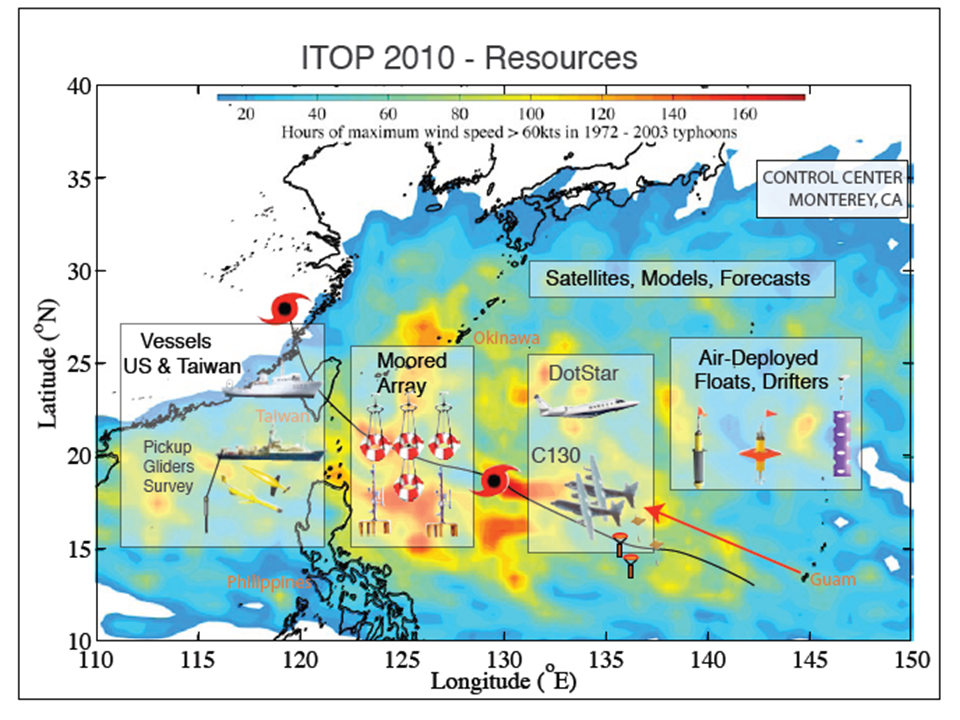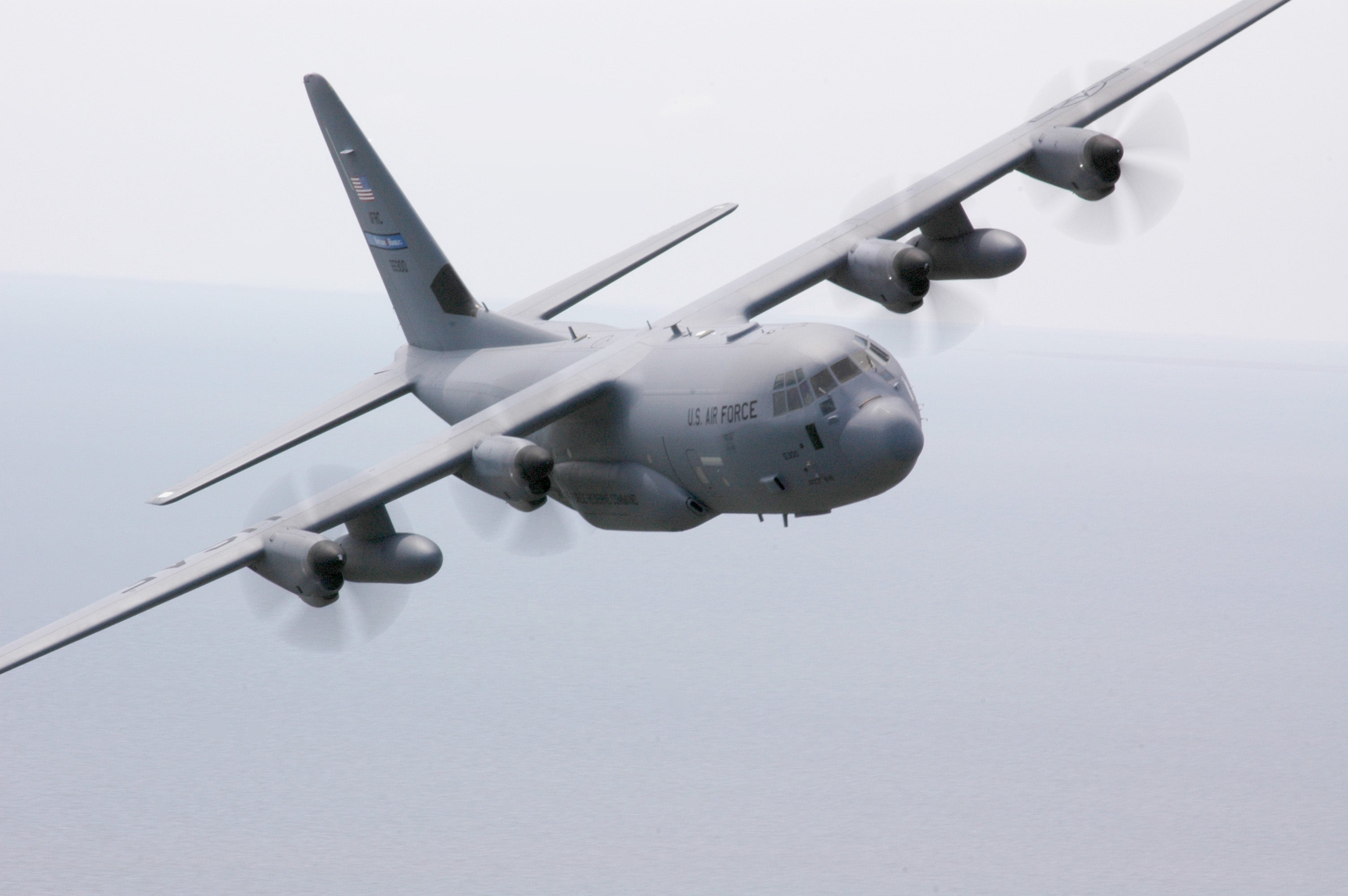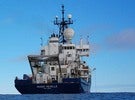ITOP
Impact of Typhoons on the Ocean in the Pacific
The Impacts of Typhoons on the Ocean in the Pacific (ITOP) program was a multi-national field campaign that aimed to study the ocean response to typhoons in the western Pacific Ocean.
ITOP was focused on the following scientific questions:
- How does the cold wake of a typhoon form and dissipate?
- What are the air-sea fluxes for winds greater than 30 m/s?
- How do ocean eddies affect typhoons and the response to typhoons?
- What is the surface wave field under typhoons?
- How is typhoon genesis related to environmental factors?
- Typhoon forecasting
ITOP 2010 Field Study
ITOP focused on typhoons in the Western Pacific Ocean. Complete information on ITOP operations can be found in the ITOP Experimental Plan a short summary follows.
The experimental domain and the major resources that participated in the field are depicted below:
Special observational facilities and models for ITOP included:
- A moored buoy array (deployed in 2008) located in the region of maximum typhoon frequency near 20N and 125E.
- During ITOP the buoy array was enchanced by additional moorings deployed and recovered by United States and Taiwainese research vessels.
- Two C-130 aircraft from the 53rd Air Force Reserve Hurricane Hunter Squadron were based in Guam. They measured the properties of typhoons using onboard sensors and deployed dropsondes. Also, they deployed arrays of floats and drifters to measure the ocean response to typhoons. Deployments were made both ahead of and in the wake of typhoons.
- The DOTSTAR Astra jet was based in Taiwan and also deployed dropsondes.
- A United States research vessel was rapidly deployed into the wake of typhoons to survey the wake and deploy gliders and drifters and also to recover those deployed by the aircraft.
- Special satellite and numerical forecast model (atmospheric, oceanic and coupled atmosphere-ocean) products were developed and used to guide the ITOP operations.
The ITOP operations were directed and coordinated from a control center at the Naval Postgraduate School in Monterey, California and an operations center in Guam. ITOP support provided by the Office of Naval Research and the Taiwan National Science Council.
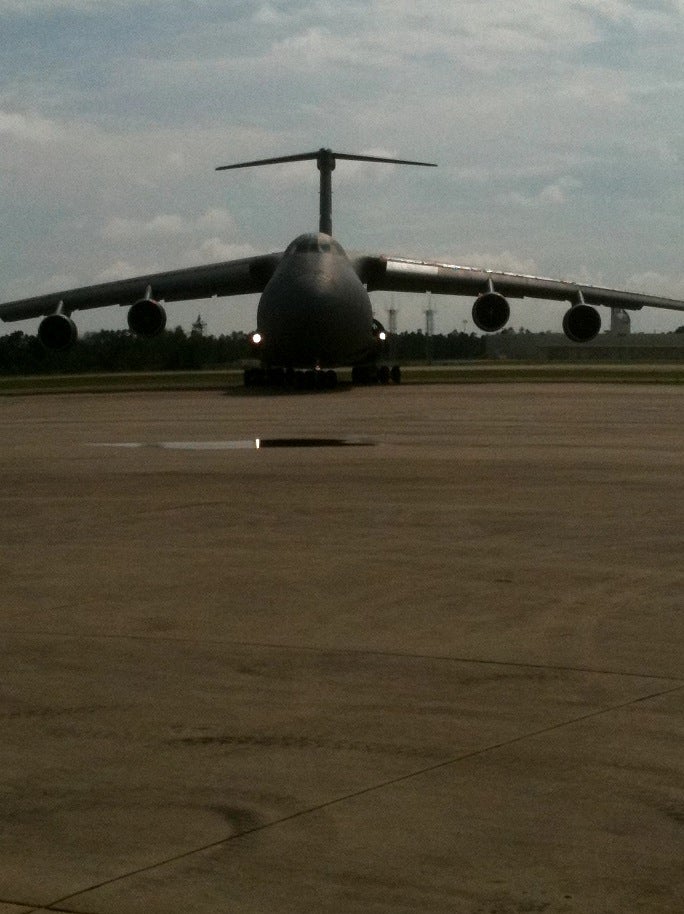 |
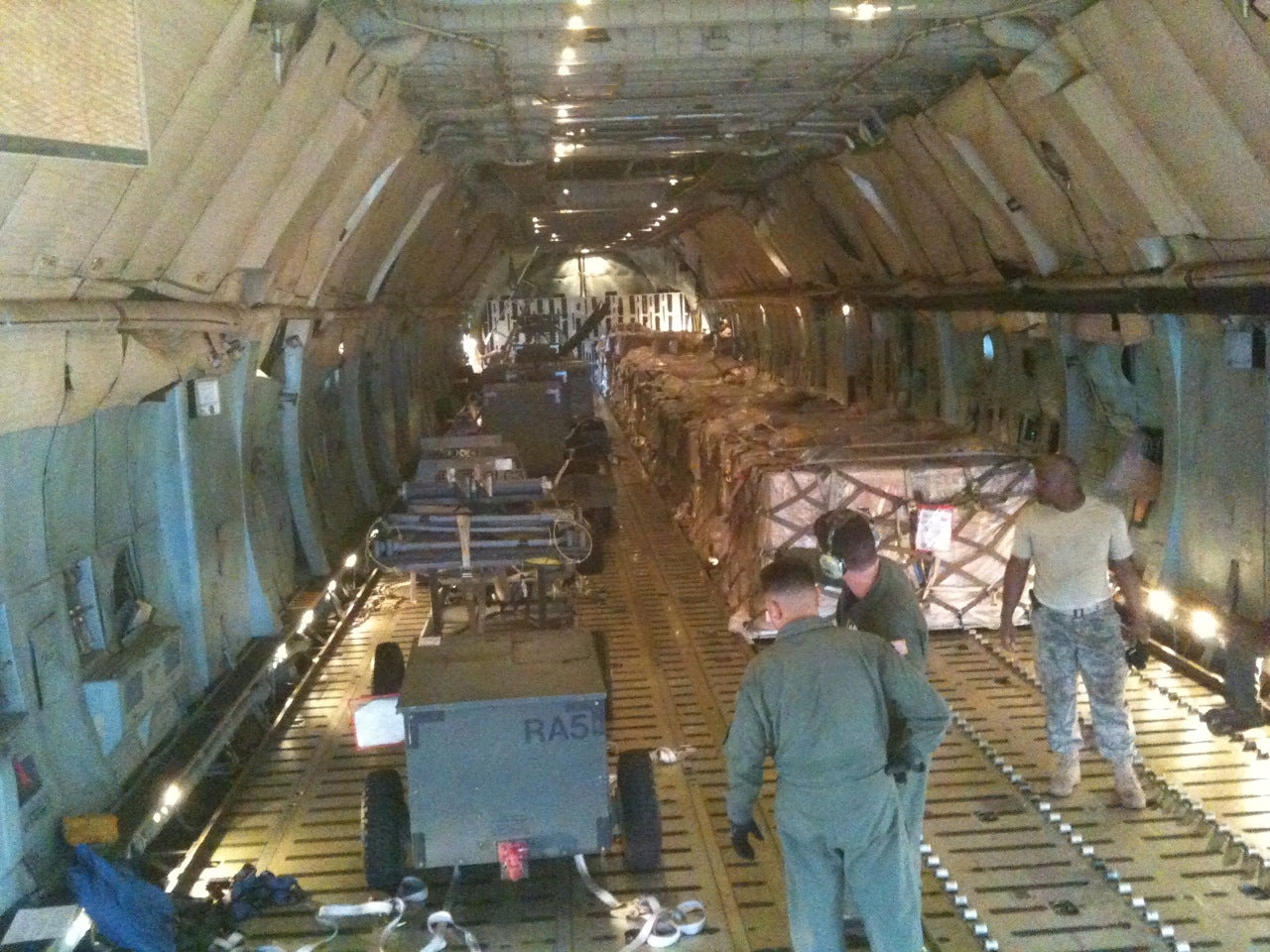 |
Unless otherwise noted, photos courtesy of University Corporation for Atmospheric Research.
